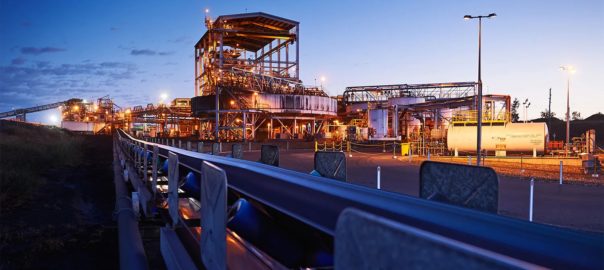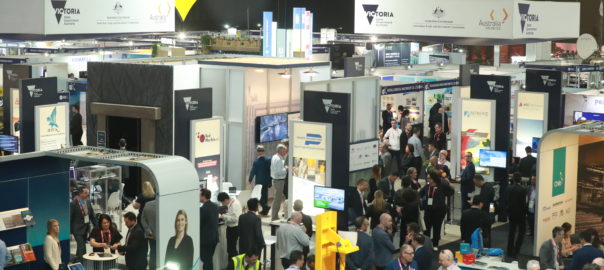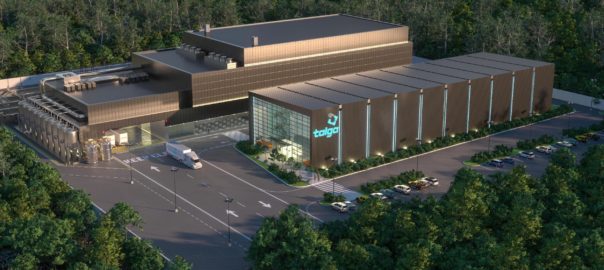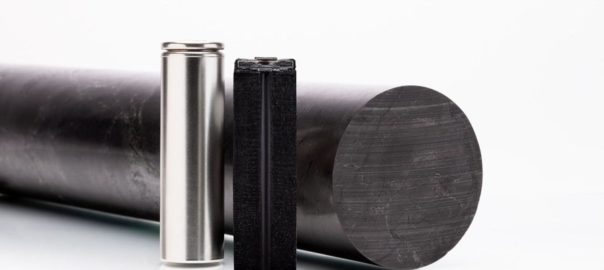BHP has signed a Share Sale and Purchase Agreement to divest its 80% interest in BHP Mitsui Coal (BMC), an operated metallurgical coal joint venture in Queensland, Australia, to Stanmore SMC Holdings Pty Ltd.
Stanmore SMC, a wholly owned subsidiary of Stanmore Resources Limited, has agreed to acquire 100% of the shares in Dampier Coal (Queensland) Pty Ltd from BHP Minerals Pty Ltd, the subsidiary which holds BHP’s interest in BMC, for cash consideration of up to $1.35 billion. The purchase price comprises $1.1 billion cash on completion, $100 million in cash six months after completion and the potential for up to $150 million in a price-linked earnout payable in the 2024 calendar year.
The sale is subject to the satisfaction of certain conditions, including customary competition and regulatory approvals. This includes approval from the Foreign Investment Review Board. Completion is expected to occur in the middle of the 2022 calendar year.
The BMC portfolio includes significant infrastructure including an 8.4 Mt/y coal handling and processing plant (CHPP) at South Walker Creek (pictured), the 9 Mt/y Red Mountain CHPP (fully owned by BMC) in close proximity to the Poitrel operations, two rail loops and train loading facilities, two Marion 8050 draglines, and a fleet of excavators, dozers and haul trucks, Stanmore said.
BHP Group Limited operates BMC as part of an 80:20 joint venture with Mitsui.
BHP intends to continue operating BMC until completion and work closely with Stanmore Resources to ensure a successful transition of ownership. It will provide certain transitional services to Stanmore Resources for a short period of time after completion.
BHP’s President Minerals Australia, Edgar Basto, said: “This transaction is consistent with BHP’s strategy, delivers value for our company and shareholders and provides certainty for BMC’s workforce and the local community. As the world decarbonises, BHP is sharpening its focus on producing higher quality metallurgical coal sought after by global steelmakers to help increase efficiency and lower emissions.
“South Walker Creek and Poitrel are well-run assets that have been an important part of our portfolio for many years and we are grateful for their contribution to BHP.
“Under this agreement, BMC will transition to Stanmore Resources, an ASX-listed company that has established relationships with Traditional Owners and strong engagement with their workforce and local communities. Stanmore Resources share our focus on safety performance and culture and support Australia’s commitments under the Paris Agreement.”
Stanmore Resources’ existing assets in Queensland’s Bowen Basin include the Isaac Plains Mine and processing facilities, the adjoining Isaac Plains East and Isaac Downs mining areas and the Isaac Plains Underground Project.
BHP, meanwhile, said the review process for its New South Wales Energy Coal is progressing, in line with the two-year timeframe announced in August 2020.













